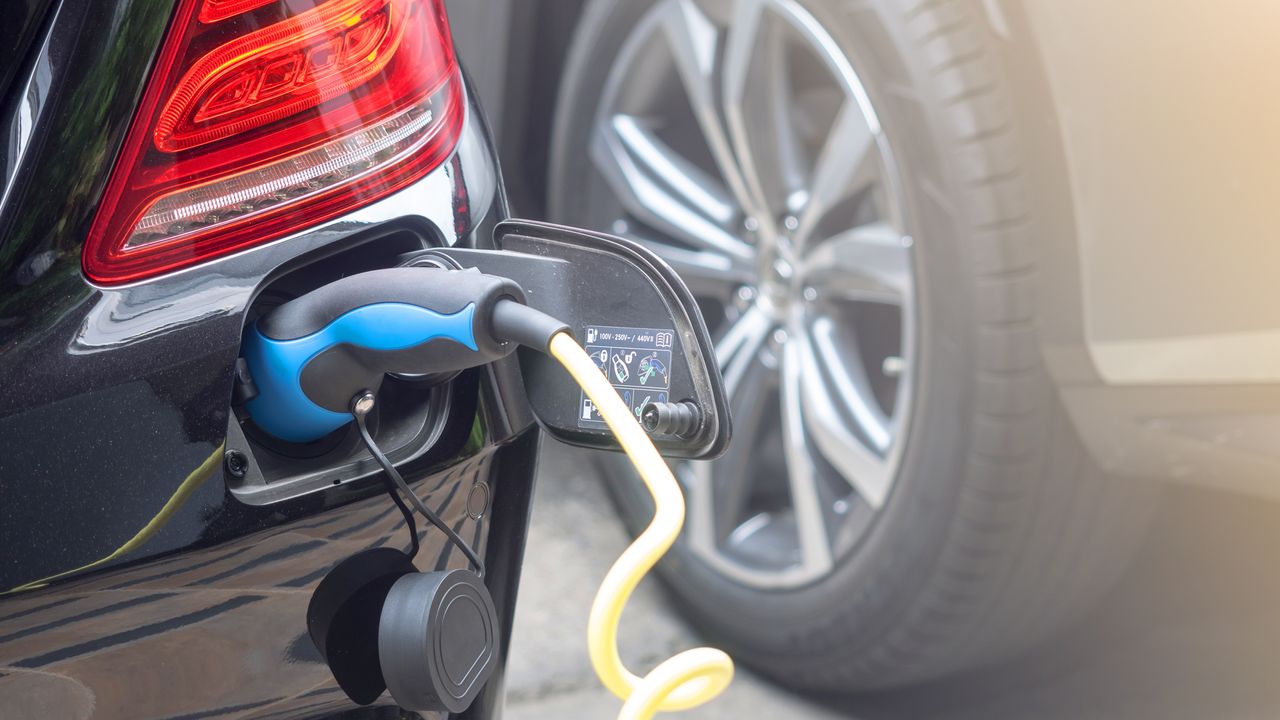Fast Charging vs. Slow Charging for Electric Vehicles: Which is Better?
As electric vehicles (EVs) continue to gain popularity, one of the key considerations for EV owners is the charging process. How long does it take to charge? How efficient is the charging process? And, should you opt for fast charging or slow charging? Let’s dive into these questions and explore the pros and cons of each charging method.
Charging Power and Time
The charging power determines how quickly an EV can recharge its battery. Fast charging, also known as DC (direct current) charging, provides a higher charging power compared to slow charging, which is typically AC (alternating current) charging.
With fast charging, you can charge your EV at a much faster rate, allowing you to get back on the road in no time. Depending on the specific EV model and charging station, fast charging can replenish the battery to 80% or more in as little as 30 minutes. This is particularly useful for long-distance travel or when you’re in a hurry.
On the other hand, slow charging takes longer to fully charge your EV. It usually involves using a standard household power outlet or a dedicated charging station that delivers a lower charging power. Slow charging can take several hours to fully charge an EV, depending on the battery capacity and the charging rate.
Charging Efficiency
Charging efficiency refers to how effectively the energy from the power source is transferred to the EV’s battery. It is measured as the ratio of the energy stored in the battery to the energy consumed during the charging process.
Fast charging tends to have lower charging efficiency compared to slow charging. This is because fast charging generates more heat, which leads to energy loss during the charging process. Additionally, the high charging power can put more stress on the battery, potentially reducing its overall lifespan.
Slow charging, on the other hand, is generally more efficient. The lower charging power results in less heat generation and energy loss. This can help preserve the battery’s longevity and maximize its overall capacity over time.
Considerations for Choosing the Right Charging Method
When deciding between fast charging and slow charging, there are several factors to consider:
1. Usage Patterns:
If you primarily use your EV for short daily commutes and have access to charging stations at home or work, slow charging may be sufficient. You can conveniently charge your vehicle overnight or during the day, ensuring it’s always ready for your next trip.
However, if you frequently embark on long journeys or rely on your EV for ridesharing or delivery services, fast charging can significantly reduce the time spent waiting for your vehicle to charge.
2. Battery Health:
If you prioritize the longevity of your EV’s battery, slow charging is generally recommended. The lower charging power and reduced heat generation help minimize stress on the battery, promoting its long-term health and performance.
On the other hand, if you plan to replace your EV after a few years or prioritize quick charging convenience over battery lifespan, fast charging may be a viable option.
3. Charging Infrastructure:
The availability and accessibility of charging stations play a crucial role in determining the practicality of fast charging. While fast-charging networks are expanding, they may not be as widespread as slow-charging options. Consider the charging infrastructure in your area and along your regular routes before making a decision.
4. Cost:
Fast charging stations often come with higher fees compared to slow charging options. If cost is a significant concern, slow charging may be more economical in the long run. However, it’s essential to consider the value of your time and the convenience of faster charging.
The Verdict
Ultimately, the choice between fast charging and slow charging depends on your specific needs and circumstances. If you prioritize convenience and shorter charging times, fast charging is the way to go. On the other hand, if you value battery health and have access to reliable slow-charging options, it may be the better choice for you.
Remember to consider your usage patterns, battery health concerns, charging infrastructure availability, and cost implications before deciding on the ideal charging method for your electric vehicle.
